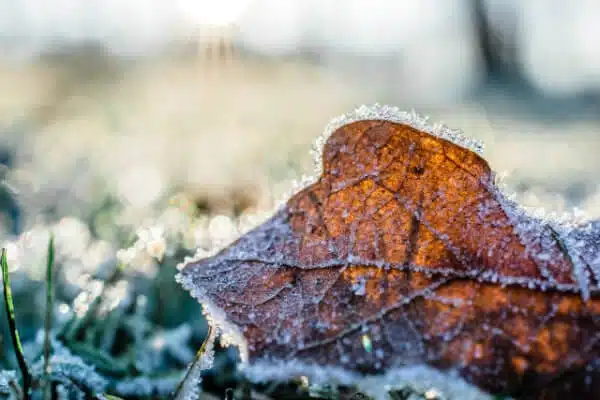About cold weather and eczema
While not everybody’s eczema deteriorates at the first sign of colder weather, it’s fair to say that many people can link a sudden downturn in the condition of their skin with the onset of autumn/winter.

Here are some tips to help you navigate the transition into the colder months:
- Keep all the rooms in your home at a regular temperature (18°C is ideal) and wear thin layers that you can slowly build up or remove as you acclimatise to your surroundings.
- Central heating may keep us warm and snug but it also strips moisture from the air. Placing a bowl of water near radiators can help to offset this drying effect and minimise the impact on your skin. Equally, it’s important not to sit too close to a heat source and to ensure instead that the whole room is warm, supplementing this with additional clothing or blankets as required.
- While it’s tempting to keep windows closed during the autumn/winter months to keep the heat in, failing to air rooms properly means that house dust mites – whose droppings are a common trigger for those with eczema – have the perfect conditions in which to thrive. Inadequate ventilation can also lead to the growth of mould in kitchens and bathrooms which, again, can trigger an eczema flare. Throw your windows open daily and give your home a blast of fresh air!
- Switching to a different emollient – either an ointment (which is very effective at holding water in the skin and therefore useful for very dry areas of skin) or a humectant cream (which draws water into the epidermis, the top layer of skin, from the dermis, the second layer of skin) – can help to combat the drying effects of harsher weather conditions.
- Ensure you have enough topical steroids so that you can act immediately on a flare-up. You may also need to reapply your emollient more frequently at this time of year, so ensure you have a plentiful supply.
- As you will spend more time inside during the autumn/winter months it’s important to be even more vigilant around dust and other indoor allergens than normal. Damp dust hard surfaces, establish a regular vacuum-cleaning routine that includes carpets, rugs, mattresses, curtains and other soft furnishings, and make a note if something needs an additional deep clean, either by yourself or a specialist company.
- Pay particular attention to sensitive areas of skin that are vulnerable to exposure (e.g. the face and hands) when heading outside. Apply emollient at regular intervals and try to avoid licking your lips as, while it may seem as if it moistens them, it actually dries the skin out more, resulting in a vicious cycle.
- Hats, scarves and gloves may keep you warm and snug but if they are made of rough, scratchy material they will only serve to irritate skin that is already ‘on edge’. Choose soft fabrics that are seamfree and ensure that items that are directly in contact with your skin – underwear, nightwear, tights and socks – are as close to 100% cotton as you can find.
- If you’re a keen gardener, be aware that mould spores found in damp places such as compost heaps and piles of fallen leaves could aggravate your eczema and lead to a flare-up. Ensure your exposed skin is protected, with clothing and/or emollient.
- As colds and flu can exacerbate eczema, by causing either a generalised flare or a more local contact reaction around the nose due to constant nose blowing, it pays to take extra precautions with your general health, as well as your skin. Eat a healthy diet, get plenty of rest and maintain good hand hygiene, especially in public places or if you have been in contact with someone who is unwell.
